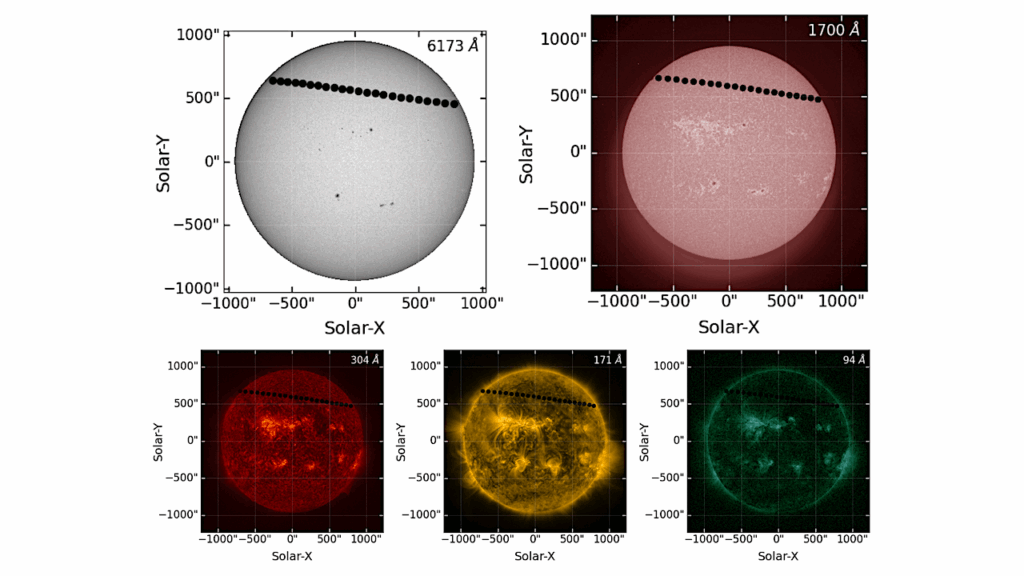High Contrast Imaging at 10 microns, A Search for Exoplanets Around: Eps Indi A, Eps Eri, Tau Ceti, Sirius A and Sirius B

The direct imaging of rocky exoplanets is one of the major science goals for upcoming large telescopes.
The contrast requirement for imaging such planets is challenging. However, the mid-IR (InfraRed) regime provides the optimum contrast to directly detect the thermal signatures of exoplanets in our solar neighbourhood. We aim to exploit novel fast chopping techniques newly developed for astronomy with the aid of adaptive optics to look for thermal signatures of exoplanets around bright stars in the solar neighbourhood. We use the upgraded VISIR (Very Large Telescope Imager and Spectrometer for the mid-InfraRed) instrument with high contrast imaging (HCI) capability optimized for observations at 10~μm to look for exoplanets around five nearby (d < 4 pc) stars. The instrument provides an improved signal-to-noise (S/N) by a factor of ∼4 in the N-band compared to standard VISIR for a given S/N and time.
In this work we achieve a detection sensitivity of sub-mJy, which is sufficient to detect few Jupiter mass planets in nearby systems. Although no detections are made we achieve most sensitive limits within <2″ for all the observed targets compared to previous campaigns. For ϵ Indi A and ϵ Eri we achieve detection limits very close to the giant planets discovered by RV, with the limits on ϵ Indi A being the most sensitive to date. Our non-detection therefore supports an older age for ϵ Indi A. The results presented here show the promise for high contrast imaging and exoplanet detections in the mid-IR regime.
P. Pathak, D. J. M. Petit dit de la Roche, M. Kasper, M. Sterzik, O. Absil, A. Boehle, F. Feng, V. D. Ivanov, M. Janson, H.R.A. Jones, A. Kaufer, H.-U. Käufl, A.-L. Maire, M. Meyer, E. Pantin, R. Siebenmorgen, M. E. van den Ancker, G. Viswanath
Comments: Accepted for publication in A&A
Subjects: Earth and Planetary Astrophysics (astro-ph.EP)
Cite as: arXiv:2104.13032 [astro-ph.EP] (or arXiv:2104.13032v1 [astro-ph.EP] for this version)
Submission history
From: Prashant Pathak
[v1] Tue, 27 Apr 2021 08:07:06 UTC (1,409 KB)
https://arxiv.org/abs/2104.13032
Astrobiology








